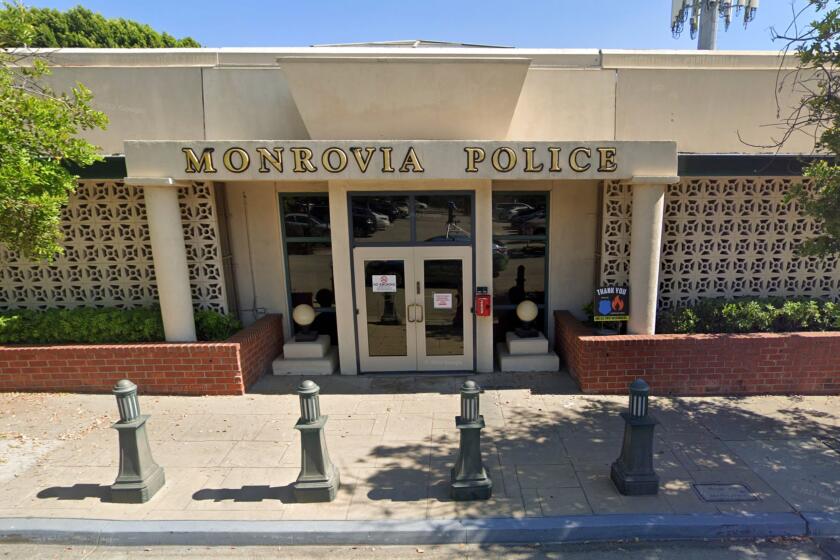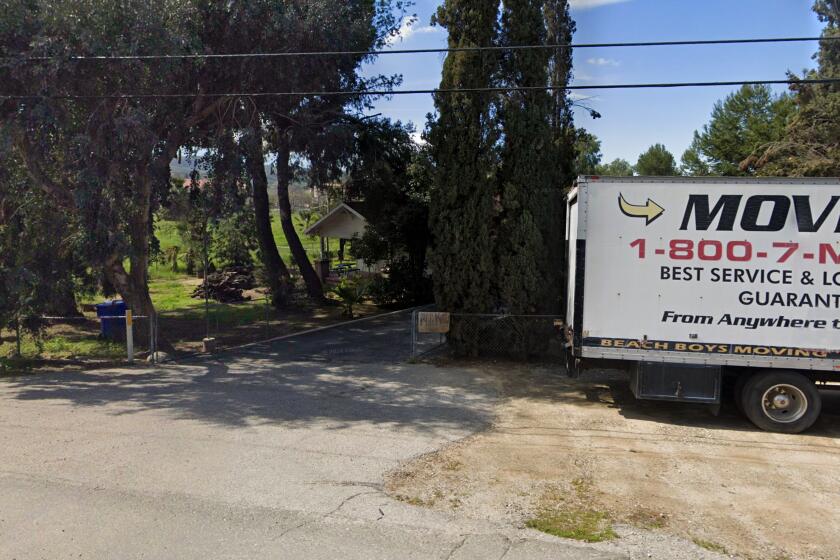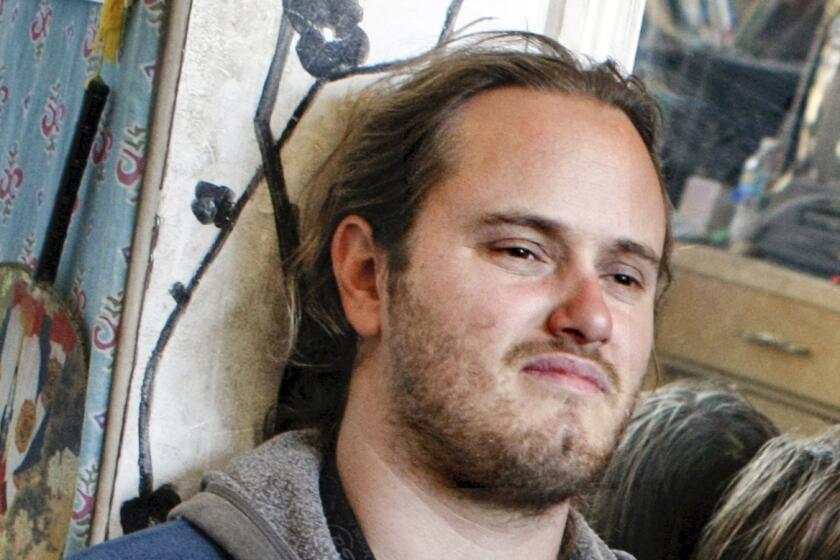Council Feud Develops in Burbank Over Slow Growth
If a Western were to be filmed about recent conflicts on the Burbank City Council, it might be called “Fast Draws on Slow Growth.”
Last Tuesday’s council session resembled a shoot-out of sorts as council members Mary Lou Howard and Michael R. Hastings feuded over ordinances each has proposed to restrict development in the city.
The council, which voted 4 to 1 to place Howard’s ordinance on the February ballot, refused to put a similar ordinance by Hastings on the same ballot.
Though Howard emerged as the victor in the dispute, the verbal bullets are still flying in the most dramatic and personal council rift in the 3 1/2 years the two have served together. Howard had backed Hastings in his bid for the council.
Howard’s measure limits zone changes and forces developers to meet stricter environmental and design standards. Hastings’ plan calls for a cap on residential development.
Seeking Signatures
Hastings said Friday he is hopeful that he can put his measure on the ballot. Though seeking council approval for his proposal, he and several other slow-growth advocates have been trying to collect signatures of at least 5,000 registered voters for several months to put the measure on the ballot. The deadline for qualification is Nov. 28.
If the measure doesn’t qualify, Hastings said, he would tell voters that Howard’s proposal had “no teeth” and would be ineffectual.
“I’m not giving up on this one,” Hastings said.
Hastings called Howard a “queen bee” who is attempting to force an “arrogant and self-righteous” political agenda on Burbank voters.
He said Howard and her husband, Jack, are trying to control the city. He added that Mayor Al F. Dossin, who voted against Hastings’ measure, is controlled by the Howards.
Howard called Hastings’ criticisms “juvenile.” She said he did not have enough confidence in his own ordinance.
“If I was bothered every time I lost something on the council, I wouldn’t get anything done,” she said. “If he lets this happen, he’s doing a great disservice to the people of this community.”
Increased development in Burbank has long been the city’s most volatile issue. Residents have complained for years that new commercial and apartment buildings were ruining their neighborhoods. Homeowners near the city’s Media District, where several movie studios are headquartered, say that gridlock caused by development has overflowed onto residential streets.
An average of 260 residential units--apartments, condominiums and single-family homes--were built annually in the 12 years ending in December, 1986. But in 1987, 976 residential units were built in Burbank, and 1,000 residential units were projected this year, officials said.
Three years ago, the council voted against instituting a temporary growth moratorium. The only council members who supported the moratorium were Hastings and Howard.
The most controversial aspect of Hastings’ proposal is the cap on residential development. No more than 350 dwelling units a year could be built in the city. The city’s Planning Board would evaluate developers’ proposals. No developer could receive more than 40% of the available allotment.
Howard said that such a system would encourage corruption and graft among city officials. “We need a more positive approach to slow growth,” she said.
Howard’s measure, which would limit zone changes and would call for stricter environmental and design standards, emphasizes seeking public comment on development.
It expands environmental review of apartment proposals to include more social and economic considerations, and requires the study of more restrictive apartment design standards and higher developer fees for parks and roads.
More to Read
Start your day right
Sign up for Essential California for news, features and recommendations from the L.A. Times and beyond in your inbox six days a week.
You may occasionally receive promotional content from the Los Angeles Times.







